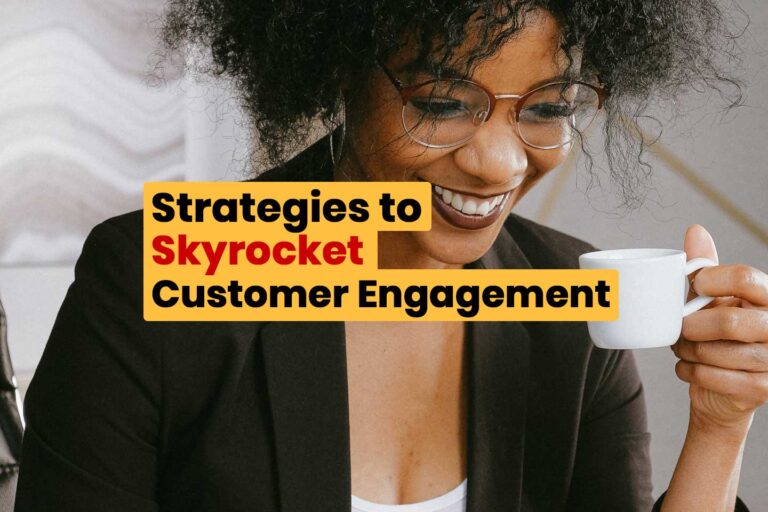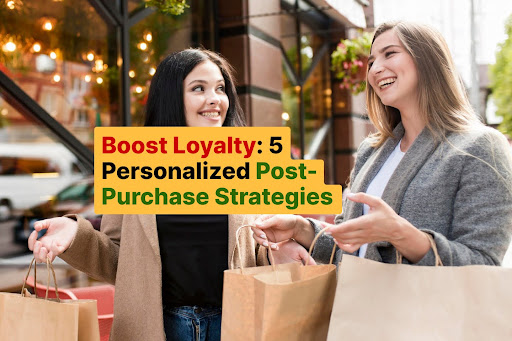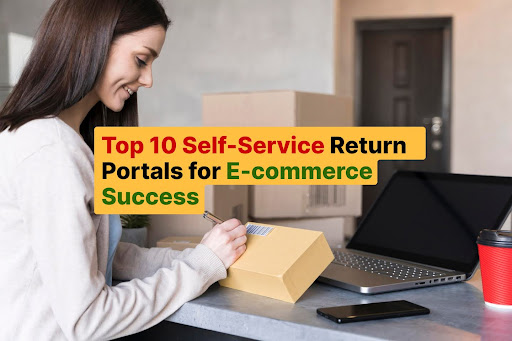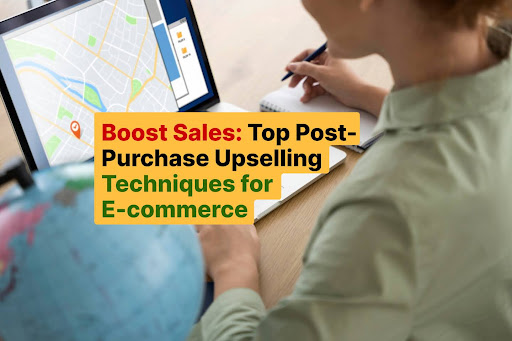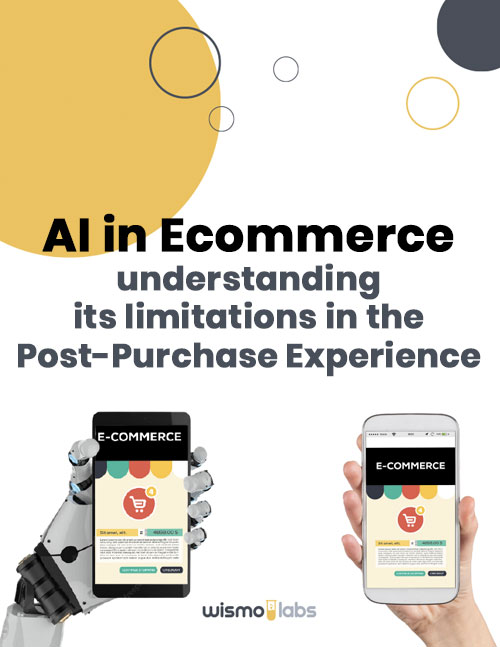This article is a part of a serie:
Ignite Loyalty: Post purchase customer journey explained
📦 Retailers guide to “Customer Engagement“ during post-purchase.
In the digital shopping realm, the journey doesn’t end at checkout. It’s the post-purchase experience that stands as a linchpin in customer satisfaction and loyalty. Our findings at WISMOlabs echo this sentiment, with a whopping 88% of consumers yearning for order progress notifications, a feature contributing to an impressive surge in customer engagement. This narrative is further colored by data revealing how our branded tracking portal, a hot-spot during the post-purchase customer journey, turns a potential confusion into a moment of education and customer engagement.
As you delve into the rich data bellow you’ll uncover how refining the post-purchase engagement not only stitches a tighter bond with customers but also unfolds a spectrum of other business benefits – from skyrocketing customer loyalty and Lifetime Value (LTV), to curbing support costs and return rates. The promise of a higher ROI isn’t just a mirage, it’s a well within reach, ready to be tapped by a seamless post-purchase narrative.
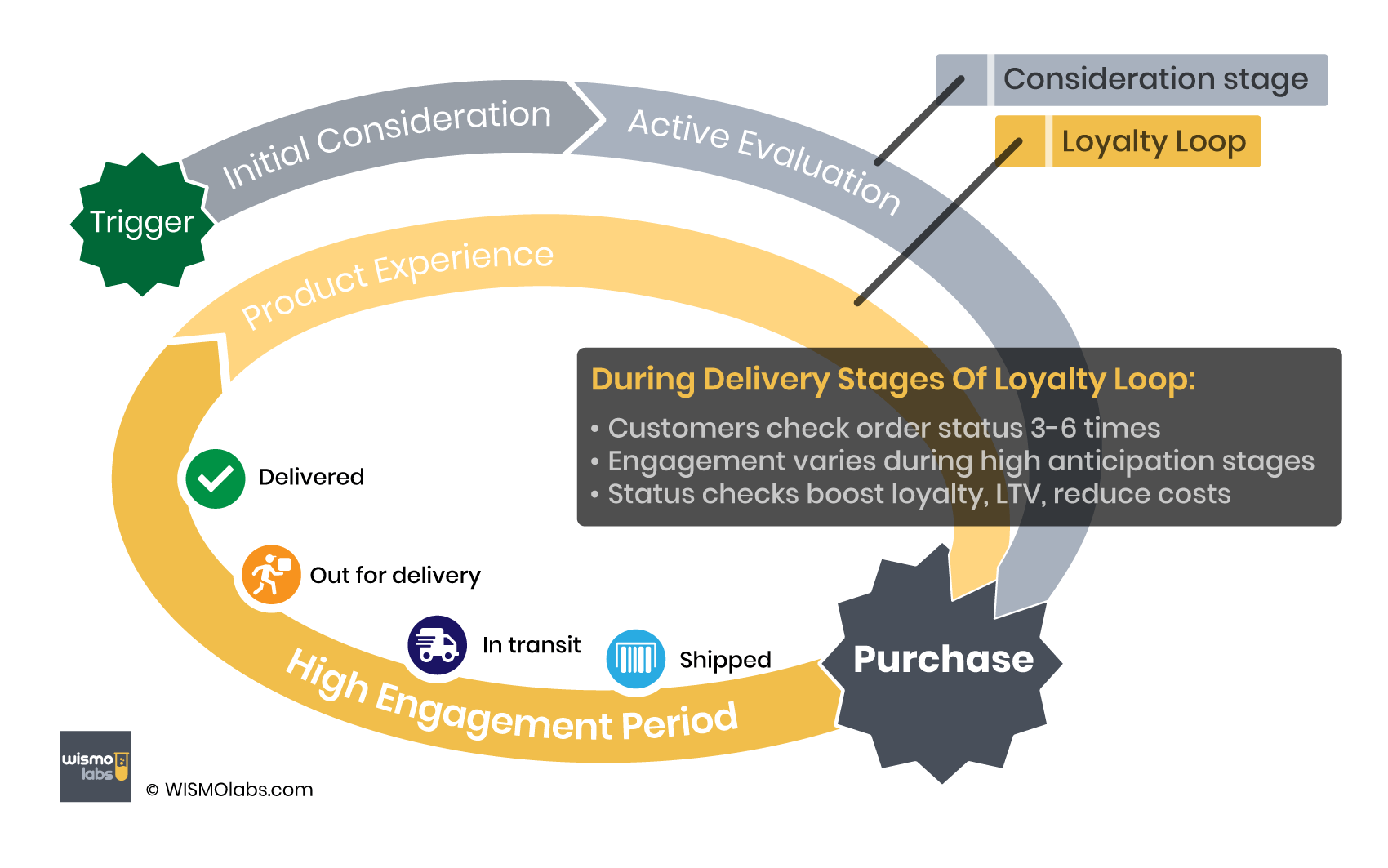
What Do High Order Check Rates Tell Us?
In the bustling world of e-commerce, customers are not just clicking “buy” and waiting patiently. No, they are embarking on a digital journey, checking their order status an average of 3-6 times per shipment.
But why the multiple checks? Is it anxiety, excitement, or something else?
As e-commerce retailers, you’ve noticed a pattern: from the moment a customer receives a shipping confirmation to the breathless anticipation of the “out for delivery” update and “delivery” notification. It’s clear that each stage of the journey holds its own weight in the customer’s mind.
Why Do Customers Engage More with Certain Notifications?
Shipping Confirmation: 69% engagement
Right off the bat, we see that nearly 70% of customers engage with the initial shipping confirmation. This is the digital equivalent of a starter’s pistol. It signals the beginning of the end – the start of the journey to fulfillment, both literally and figuratively.
In Transit: 44% engagement
As the product weaves its way through the logistics labyrinth, 44% of customers are still on the edge of their seats. They’re engaged, they’re interested, and they want to know, “Where’s my stuff?” This is the perfect time to understand your customers better by analyzing customer engagement patterns.
Out for Delivery: 21% engagement
Now, why the drop to 21% at “out for delivery“? Are customers less interested? Quite the contrary. This phase is rapid; the window of customer engagement is shorter, so the clicks are fewer, but the anticipation is perhaps the highest.
Delivered: 23% engagement
Once the item is delivered, 23% of clicks seems modest. But this is a crucial phase for building that post-purchase customer journey delight. A positive delivery experience can transform into repeat business and genuine brand loyalty.
How Can Retailers Amplify Customer Engagement at Each Stage?
Let’s create a snapshot of what these numbers mean and how you, as savvy e-commerce retailers, can boost customer engagement:
| Shipment Stage | Customer Engagement | Potential Action |
|---|---|---|
| Shipping Confirmation | 69% | Set clear expectations; Provide detailed info; |
| In Transit | 44% | Offer interactive tracking; Gamify the wait; Up-sell/cross-sell; Educate; |
| Out for Delivery | 21% | Send real-time updates; Build anticipation; |
| Delivered | 23% | Seek feedback; Offer next purchase incentives; |
Customer engagement is not just about sending notifications; it’s about creating a journey. For example, when customers receive a shipping confirmation, they are typically eager to know when they can expect their order to arrive. Here lies the opportunity to set expectations and introduce them to a branded tracking page that offers more than just dry details.
Can Enhanced Tracking Features Reduce Customer Anxiety?
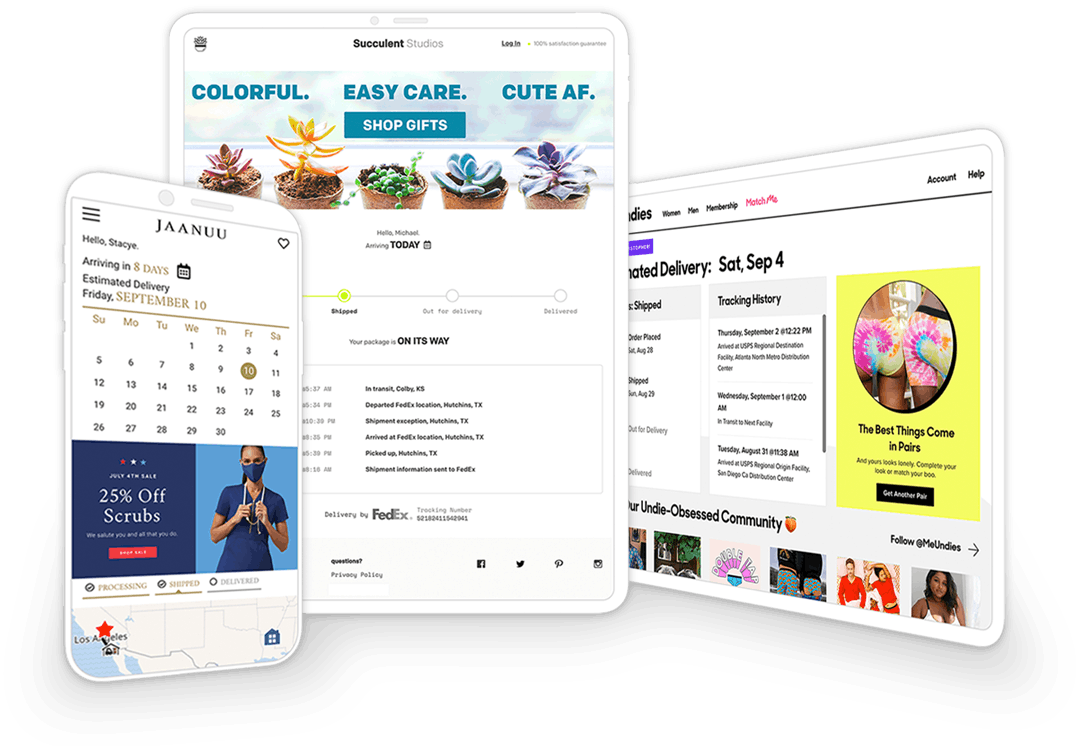
Absolutely. Consider implementing a branded tracking page, which serves more than a mere tracking service — it’s an enriched experience. With real-time updates and a visual map of the journey, it’s akin to offering your customer a window seat to their order’s adventure. The benefits extend beyond just tracking; it drives post-purchase customer engagement, extends brand visibility, significantly reduces buyers’ anxiety, builds brand loyalty, and opens avenues for additional revenue through up-sell and cross-sell opportunities. Through these features, customers are kept well-informed throughout the entire order process, enhancing their trust and overall experience with your brand, while also promoting revenue generation for your business.”
How Can Retailers Build Brand Loyalty Post-Purchase?
Post-purchase is not the end; it’s an opportunity to build brand loyalty. The “Delivered” notification is your cue to engage, not disengage. Ask for feedback, offer a discount on their next purchase, or simply thank them for choosing your brand.
Post-purchase is not the end; this is the phase where the seeds of brand loyalty are sown. Here’s how you can nurture these seeds to grow a loyal customer base:
- Personalized Attention The post-purchase phase is ripe for cultivating a personal connection with customers. Tailored thank-you messages or personalized recommendations based on the purchase can evoke a sense of value and acknowledgment, fostering a positive brand perception.
- Engagement Through Social Media: Social networks like Instagram serve as dynamic platforms for extending the customer relationship post-purchase.
Incorporating Instagram and other social media platforms in your post-purchase engagement strategy can significantly amplify brand loyalty, turning customers into active brand advocates and fostering a vibrant and loyal online community. - Feedback Solicitation: Proactively seeking feedback demonstrates a brand’s commitment to customer satisfaction and continuous improvement. Constructive feedback can be a goldmine of insights for enhancing product offerings and overall customer experience.
- Reward Loyalty: Rewarding customers for their loyalty through programs that offer discounts, points, or exclusive deals on future purchases can incentivize repeat business. This gesture of appreciation can transform one-time buyers into loyal patrons, contributing to a stable revenue stream.
What Does This Mean for Your Bottom Line?
Every click and engagement is a chance to increase revenue. By analyzing engagement data, you can tailor your post-purchase experience to turn one-time buyers into lifelong customers. It’s about maximizing every touchpoint, from the excitement of the shipping confirmation to the satisfaction of delivery.
The ripple effects of a robust post-purchase engagement are manifold and directly impact the bottom line.
- Increased Revenue: Every interaction post-purchase is a gateway to additional sales opportunities through upselling or cross-selling. By judiciously analyzing engagement data, retailers can tactfully introduce complimentary products based on the items in the order. When a customer purchases product A, a well-timed suggestion of product B, which enhances or complements the use of product A, can stimulate additional sales.
- Customer Retention: Transitioning one-time buyers into lifelong customers is akin to establishing a steady river of revenue. Many retailers experience a transformation of customers into loyal patrons by introducing subscriptions while also upselling complementary additions to these subscriptions, ensuring a continual engagement and revenue stream.
- Positive Word-of-Mouth: Satisfied customers naturally morph into brand advocates. Their positive testimonials and recommendations are potent influencers on potential buyers. The opportune moment to solicit a review or feedback is post-delivery when the satisfaction and utility of the purchase are fresh.
- Cost Efficiency: It’s a well-anchored understanding that retaining existing customers is markedly more cost-effective than onboarding new ones. The post-purchase phase is a pivotal juncture to leverage this cost efficiency, nurturing the newly forged relationship into a long-term association, thereby optimizing the cost of customer retention versus acquisition.
By fine-tuning the post-purchase experience, you’re not just selling a product but cultivating a community of loyal customers who will contribute to a sustainable and growing revenue stream.
Turning Data into Action
Your customers are speaking through their clicks; it’s time to listen. Every stage from the shipping confirmation to the final delivery, has its own language. Decode it, and you will not only reduce those “Where Is My Order?” (WISMO) calls but also increase the Lifetime Value (LTV) of each customer.
See how retailers increase customer engagement and LTV, brand loyalty while reducing operating costs with WISMOlabs post-purchase experience platform.
- Tecovas: ~20-30x roi from repeat orders + decrease in customer inquiries
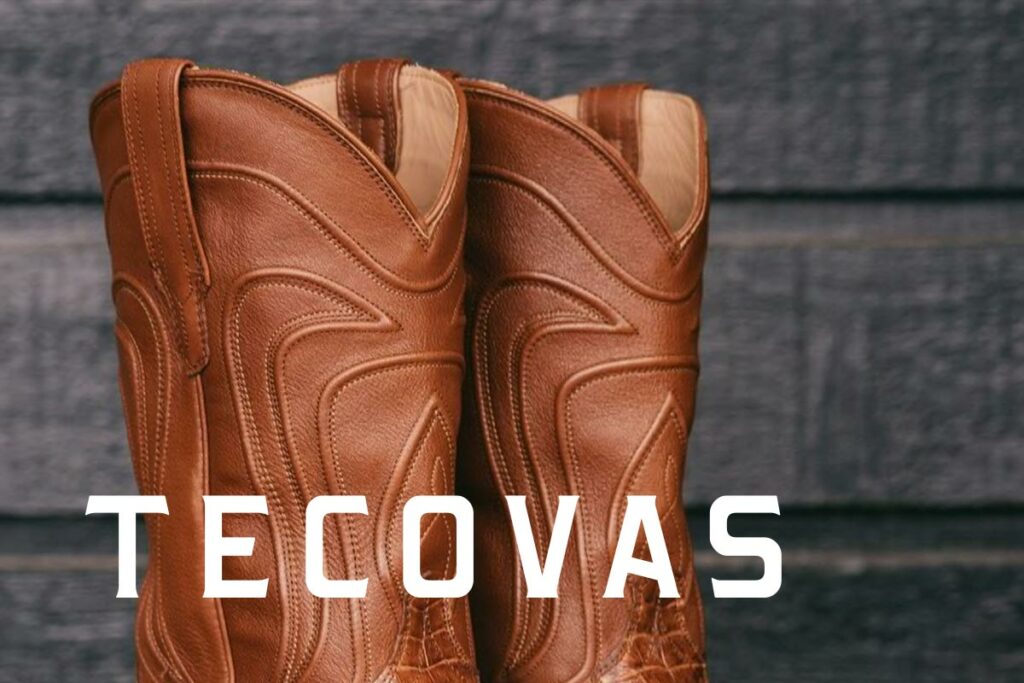
- Monoprice: $250,000 a year in cost savings, head count, and reduction of support inquiries.
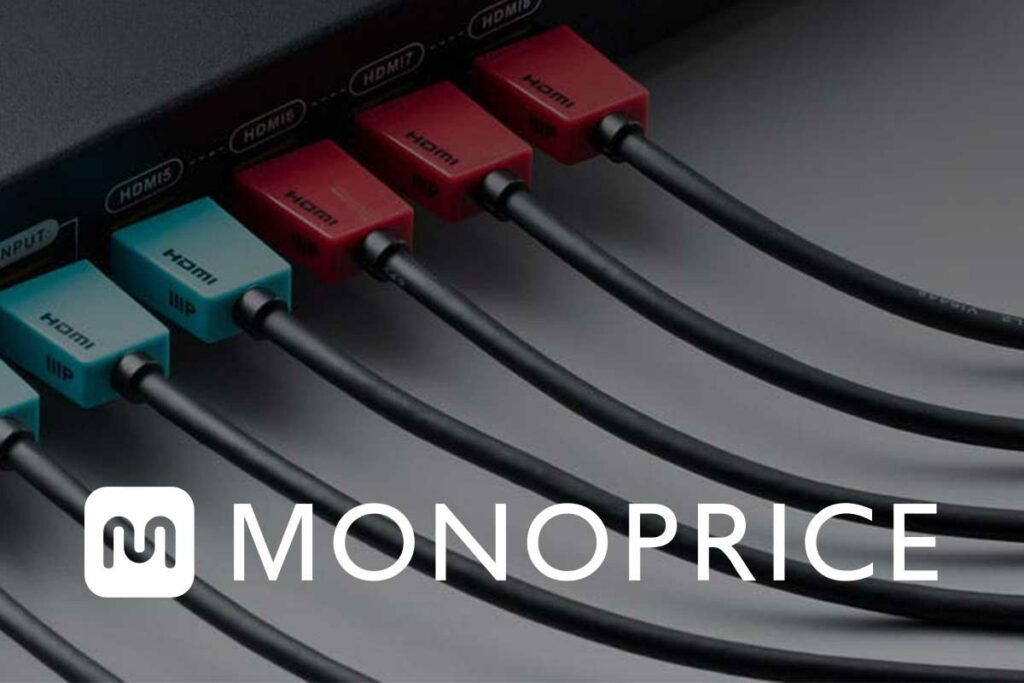
- Capezio: 90% reduction in “where is my order” calls and 15x roi.

Are you ready to redefine your post-purchase experience? Book a demo, and let’s turn these statistics into strategies.
